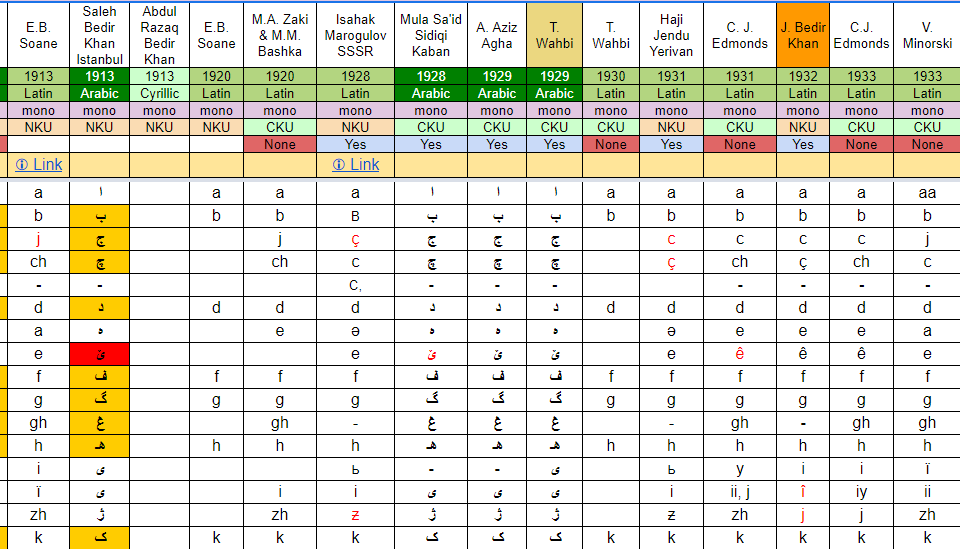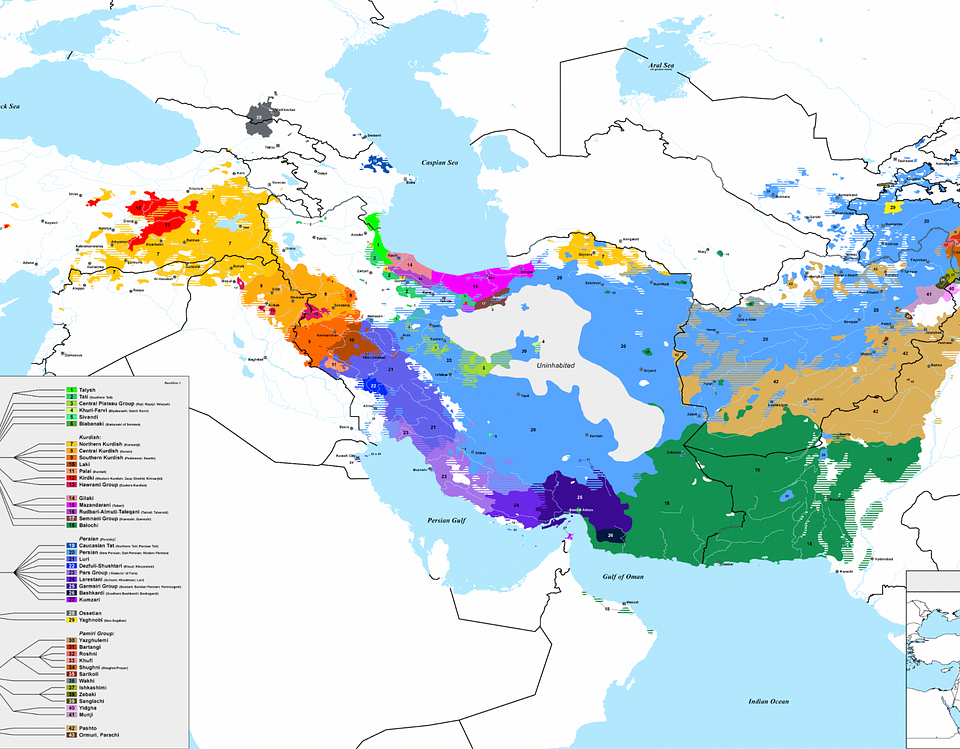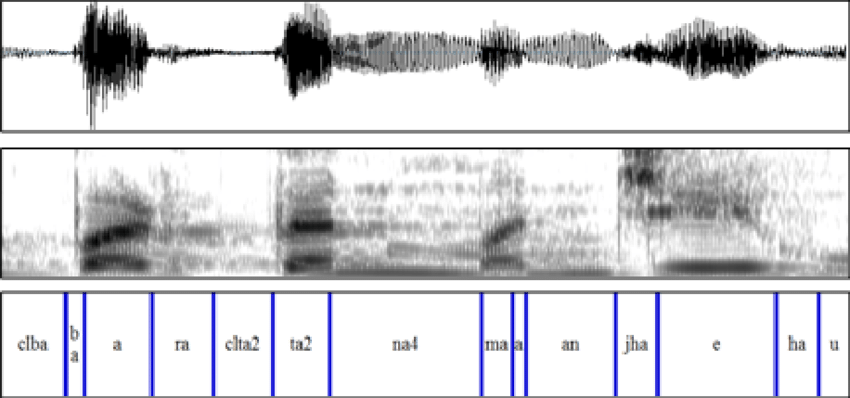Unified Kurdish Consonant Phonemes
Unified Kurdish Consonant Phonemes
1. Consonants
In the articulation of a consonant, the airstream through the vocal tract must be obstructed either partially or completely. The position of this obstruction and the manner in which it is effected are two of the main factors in the determination of the consonant’s acoustic properties. The other major factor is whether the vocal cords are vibrating or at rest. A consonant articulated with vibration of the vocal cords is said as voiced, while one articulated with the vocal cords at rest is said to be voiceless (compare, for example, the English words very and ferry: the first begins with a voiced consonant and the second with a consonant that is identical in every respect except that it is voiceless). Taking all three factors into account, a consonant can be specified in terms of its place of articulation, its manner of articulation and whether it is voiced.
A consonant’s place of articulation is usually expressed in terms of the positions adopted by its articulators, i.e. the parts of the oral tract that are involved in obstructing the airstream. The places of articulation that are relevant to a description of Kurdish are listed below:
|
Place of Articulation
|
Articulators
|
|
bilabial
|
upper and lower lips
|
|
labiodental
|
lower lip and upper front teeth
|
|
dental
|
tongue tip/blade and upper front teeth
|
|
alveolar
|
tongue tip/blade and alveolar ridge
|
|
palato-alveolar
|
tongue blade and back of alveolar ridge
|
|
palatal
|
front of tongue and (hard) palate
|
|
velar
|
back of tongue and velum
|
Turning now to the second of the three classificatory dimensions, manner of articulation, the types that are relevant to a description of Kurdish consonants are shown below :
|
Manner of Articulation
|
Description
|
|
stop
|
complete blockage of airstream, with small burst of sound upon separation of articulators
|
|
nasal
|
complete blockage of oral tract, but velum lowered to allow air to escape through nose
|
|
fricative
|
close approximation of articulators, so that airstream is obstructed and friction is audible
|
|
approximant
|
loose approximation of articulators, with no audible friction
|
|
lateral
|
complete blockage at a point along the centre of mouth, with space on one or both sides of tongue for passage of airstream
|
|
tap
|
tongue tip gives single light tap to roof of mouth
|
|
trill
|
tongue tip vibrates against roof of mouth in a current of air
|
We are now in a position to make an inventory of the main Kurdish consonant sounds, classifying them in each case in terms of their place and manner of articulation and whether they are voiced. This inventory is presented in the table below. The symbols used correspond to the usage recommended by the International Phonetic Association.
TABLE 2: Unified Kurdish KUAL Consonant Phonemes
|
Labial
|
Apical
|
Palatal
|
Velar
|
Uvular
|
Glottal
|
|
|
Occlusives
|
||||||
| Voiceless |
p
|
t
|
c
|
k
|
q
|
|
| Voiced |
b
|
d
|
j
|
g
|
||
|
Fricatives
|
||||||
| Voiceless |
f
|
s
|
sh
|
x
|
h
|
|
| Voiced |
v
|
z
|
jh
|
|||
|
Nasals
|
m
|
n
|
ng
|
|||
|
Laterals
|
l
|
ll
|
||||
|
Flap
|
r
|
|||||
|
Trill
|
rr
|
|||||
|
Glides
|
w
|
y
|
2. Semivowels
A semivowel is a kind of approximant, i.e. a consonant-like sound that is articulated with loose approximation of the articulators and no audible friction. However, for reasons that will become apparent later, it is convenient to treat the Kurdish semivowels separately from the consonants. The semivowels in Kurdish are [y], as in (yar) ‘lover’ and [w], as in where we ‘get back’. Like consonants, semivowels can be thought of as having a place of articulation. Thus, [y] is a palatal sound and [w] is a labial sound. The latter sound is, in addition, articulated with lip rounding and so is properly described as a labial-velar semivowel.



